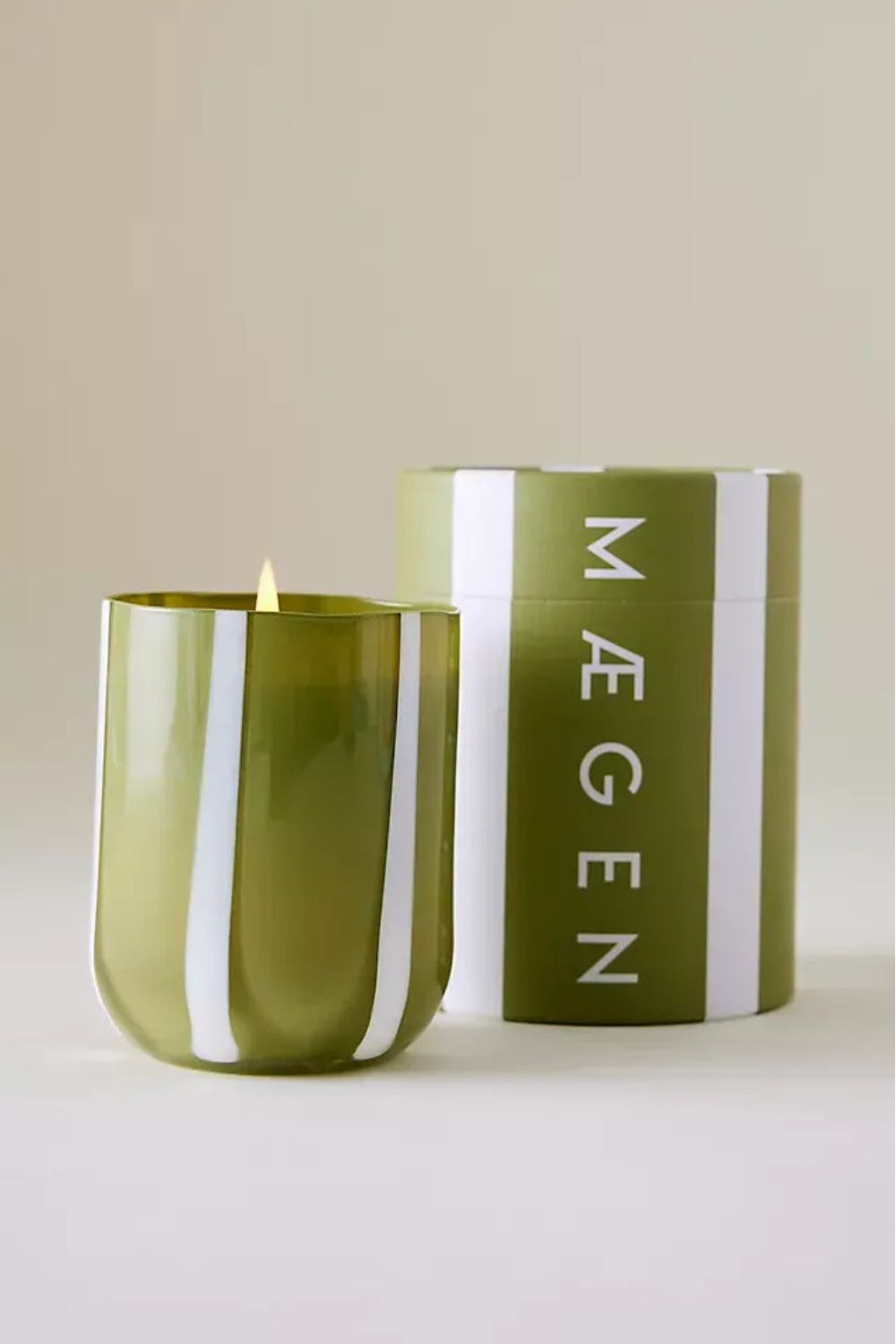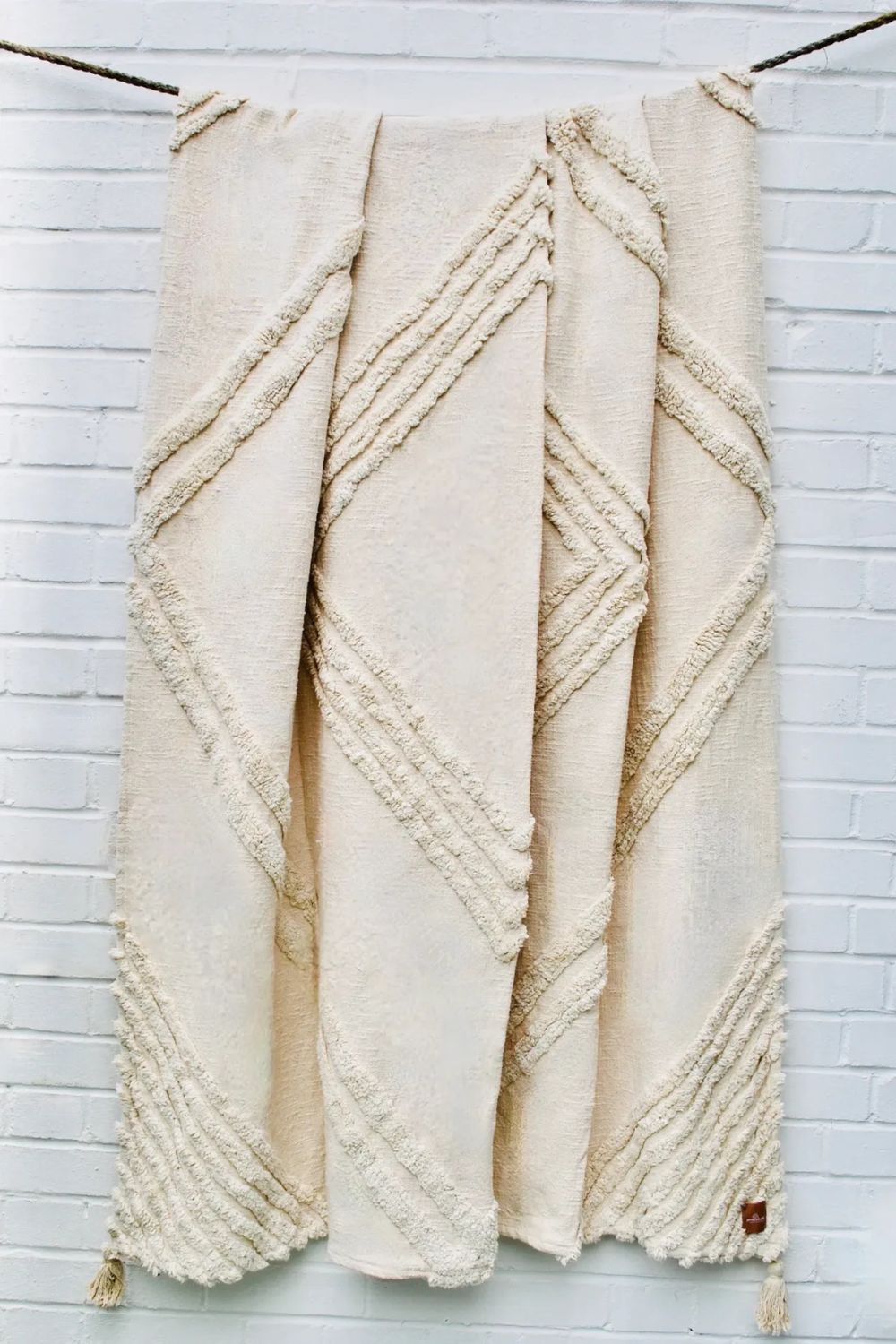I used to hate winter, but Nordic wintering trends have completely changed my mind
In my endless quest for inner calm and the answer to winter fatigue, I stumbled upon some Hygge-style techniques that solved my seasonal blues and winter burnout.
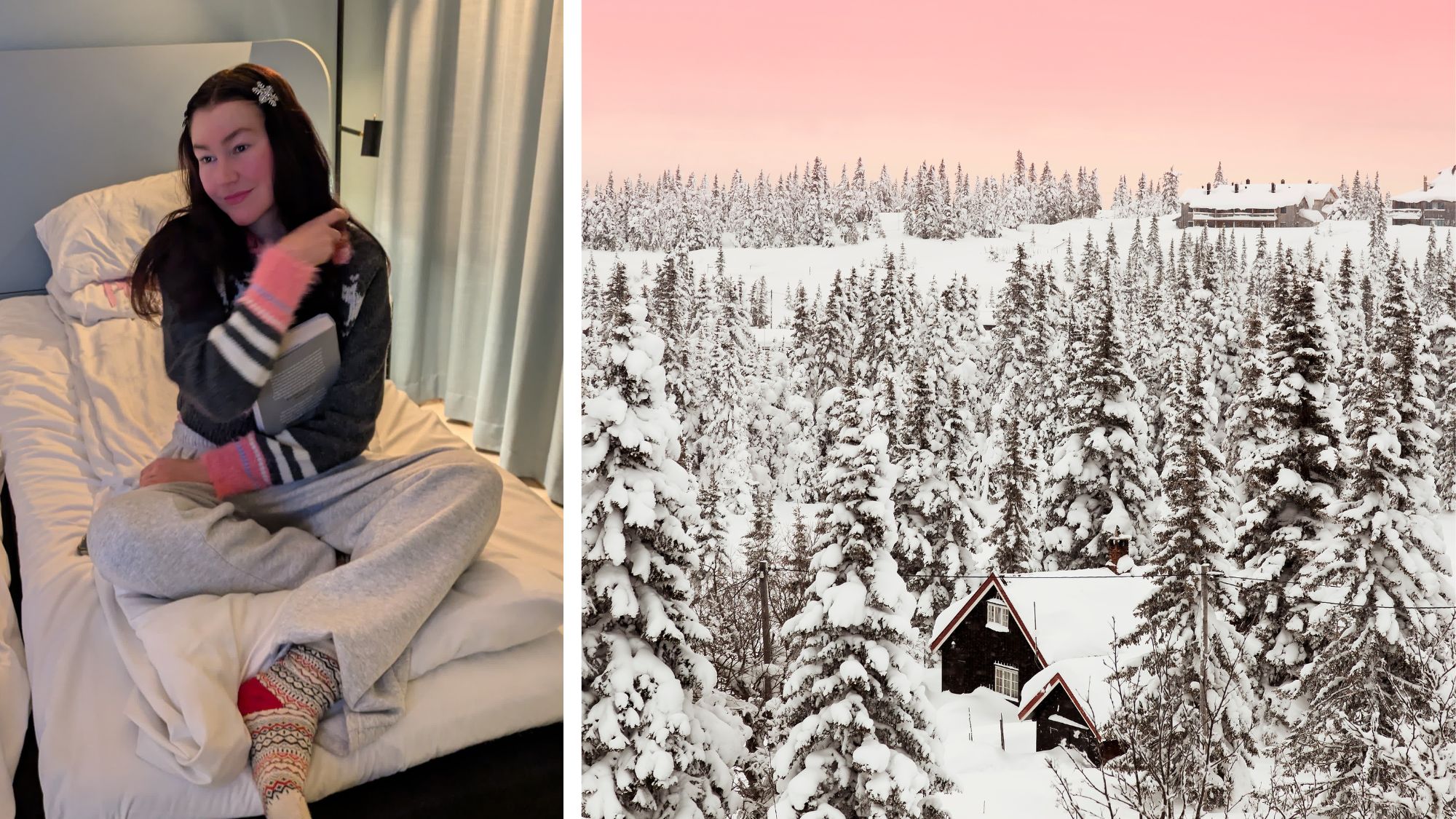
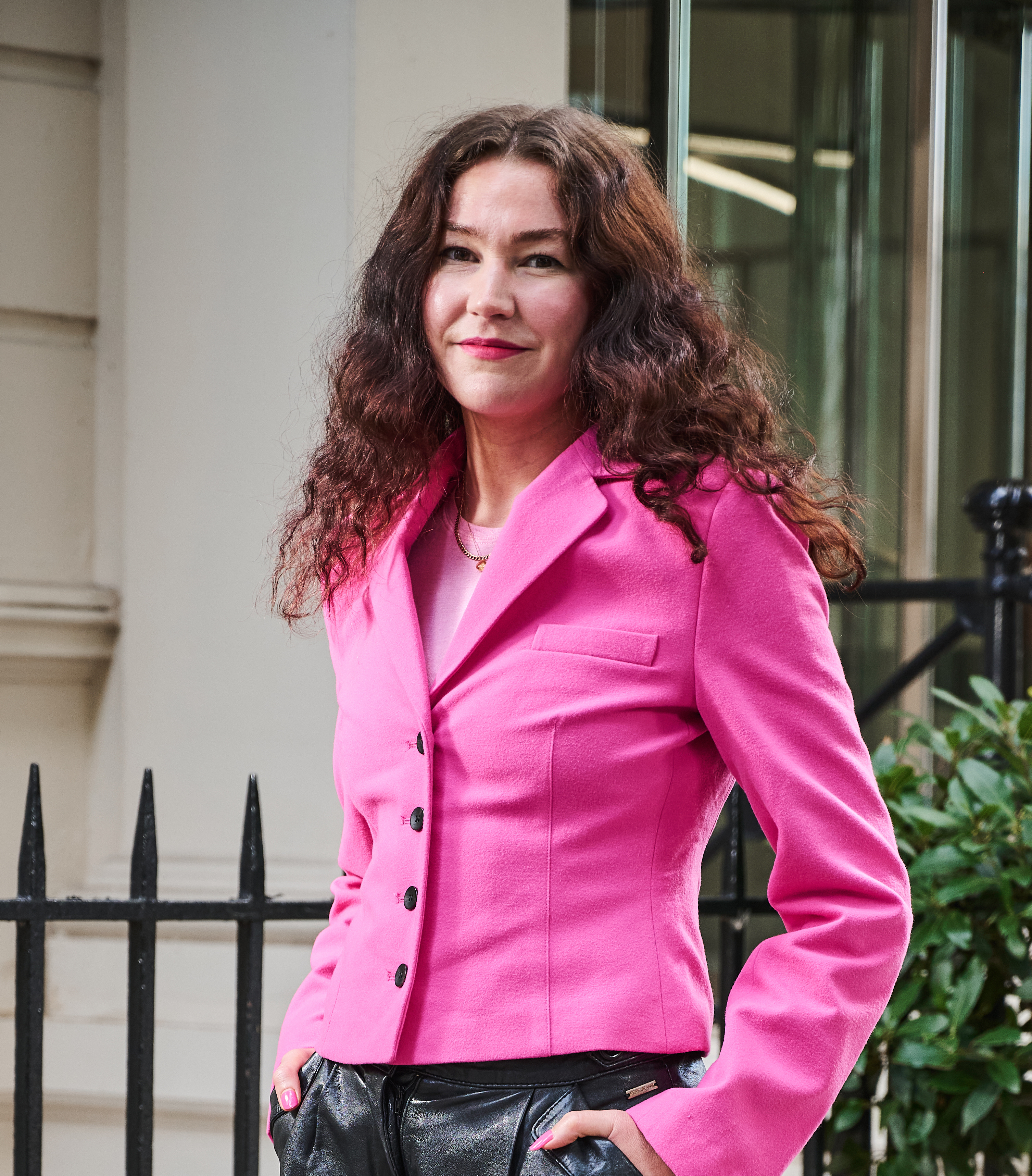
Can you believe that there are still five weeks left of winter? Five long, cold weeks. I am delighted. The reason behind my happiness (aside from an extensive winter coat collection?) Nordic wintering trends—yes, Hygge, but also a lesser known concept called ‘Friluftsliv’.
I first learned about Friluftsliv, which loosely translates to “open-air living” or “life in the fresh air” while in Lillehammer, Norway, where I spent the New Year conquering—or at least trying to conquer—my fear of skiing. My Instagram algorithm, always quick to respond to geo-tagging, started feeding me content about this wholesome approach to winter. My feed filled up with reels of towering trees and flickering candles with words like “rest” and “nourish” overlaid in looping letters. Naturally, being a Brit, and a Londoner, I recoiled. I was in Norway to tick some life goals off my to-do list! To face down my fears! To start the year strong! All worthy goals, but as the days fell away and I started to ease into a slower pace (necessitated by post-skiing fatigue), I found myself wondering if these Nordics had the right approach to winter after all.
Nordic Winter Essentials
For most of my adult life, I’ve sung to the tune of ‘New Year, New Me’. I’ve committed to endless Dry Januarys, tried ‘romanticising my life’, and signed up for fitness challenges that have haunted me. And while I was adamant I wouldn’t fall into that trap this year, instead opting for what I dubbed a ‘one and done approach’ to 2025—facing my fear of skiing was my only resolution—I still put a lot of pressure on myself to achieve that self-imposed goal.
“A lot of high-achieving people have a ‘proving’ energy—they’re striving for the next goal and trying to optimise their output,” Dr Mandy Lehto tells me, adding: “This need to do is usually motivated by a desire to feel worthy and validated.” I shudder in recognition thinking about all the times I’ve measured my worth against my workload. Lehto, an Executive Coach and host of the podcast, Enough, explains that to embrace a slower pace, we need to stop distracting ourselves with busyness and incorporate spaciousness into our lives. This, she says, is the only way to get to know our true selves.
Getting to know my true self is something I have strived for and struggled with. In theory, of course, I want to understand myself; in reality, I am deeply uncomfortable in my own company. Much of my life has been dedicated to trying to outpace my racing thoughts. I fill my calendar with a fervour that baffles the people around me, which I try to explain away with statements like “I’m a social butterfly!” and hide behind an urge to make the most of my limited time on our precious planet. Both these things are true, but what is also true is that I don’t enjoy being alone and struggle to feel I deserve rest.
 RELATED STORIES
RELATED STORIES
There is a Finnish word ‘Sisu’, which roughly translated means ‘resilience’, ‘inner strength’ or ‘grit’, Lehto tells me, advising: “Instead of applying it to doing, this winter why not try applying it to being?”. She suggests using Sisu to sit in those “difficult, twitchy feelings that arise when you feel compelled to be busy and productive.” Reframing rest as an act of resilience instead of submission has helped me to see the value in allowing myself time to do nothing. Ideally, I’d like to get to a place where I don't feel the need to justify relaxation, but while I acclimatise to this new slower pace, reminding myself that there is action in resting, rather than seeing it as a wholly passive activity, reinforces its value.
“Slowing down in winter, working within our bandwidth and embracing rest supports our nervous systems so that we are not just resilient, we are resourced”, says Tamu Thomas, a life coach and author of the book Women Who Work Too Much. Thomas explains that the cold weather and short days of winter tell our biology it’s time to slow down, conserve our energy and turn inward, but in our softmaxxing-obsessed society, we’re expected to live life like an endless summer.
Marie Claire Newsletter
Celebrity news, beauty, fashion advice, and fascinating features, delivered straight to your inbox!
“Our biology is designed to work in tandem with our environment, we are hard-wired to respond to the seasons,” explains Thomas. Pushing against our biology puts us at risk of burnout, she warns, as draining our energy resources disrupts our nervous system. “It's a bit like forcing daffodils to bloom all year and denying their need for periods of dormancy.”
Nordic winter trends, such as Hygge, Sisu, and Friluftsliv remind us to respect seasonal shifts and recognise our place in nature. Acknowledging that we don’t exist in a vacuum and are, in fact, part of an ecosystem greater than ourselves is a worthy reminder in our increasingly individualistic culture. Society forces us to have a linear approach to being ‘productive’, when our natural rhythms are more cyclical, adds Thomas.
The slower pace of Hygge provides the opportunity to thrive through winter rather than survive as it realigns us with nature and the cyclical nature of being human.
Tamu Thomas
Thomas reassures me that enjoying some Hygge-inspired hibernation is normal: it supports our well-being and encourages us to nurture and nourish ourselves rather than surviving the colder months with brute force.
The more I think about it, the barmier it sounds to try and execute a complete character overhaul in one of the longest, coldest, and financially challenging seasons. Of course, I’m happier when I treat winter as a period of nourishment and rest. Does this newfound understanding make it easier to prioritise relaxing? Yes and no, which is why I’ve found Nordic terms helpful for building a healthy attitude towards rest: I’m not rotting on the sofa, I’m practising ‘Sisu’.
I don’t think worrying about being seen as lazy is a uniquely female experience, but I do think we live in a culture of toxic productivity that values women by their output and what they can offer society. Western culture also lionises a hustler’s rise-and-grind mentality and equates doing nothing to being nothing. Terms like Hygge have given me the scaffolding to build my house of rest and relaxation.
The flicker of candlelight, the weight of a linen throw, the scent of fresh eucalyptus—each element contributes to a layered sensory experience that grounds us in the present
Reena Simon
True rest, I’m learning, isn’t about optimising my sleep or seeing downtime as a way to fuel my ‘on’ hours, it’s about allowing myself time to do nothing with no particular aim and accepting this will feel unusual to begin with. “Feel the uncomfortable emotions without distracting yourself” advises Lehto. She says that by letting them pass, I’ll be able to move to a deeper feeling of truth and calm.
Lehto also says it’s helpful to look at what simple moments light you up if you’re struggling to find some inner calm. These could be giving yourself enough time to enjoy a coffee before getting ready for the day, crafting, or watching comfort TV. Crucially, they shouldn’t be ‘productive’ or self-improving.
Being aware of what basic pleasures bring joy helps you to develop self-awareness, reconnect with your own inner world and remind you that you are enough just as you are, says Lehto. “Small rituals hold weight because they engage the senses,” explains Reena Simon, author, designer and founder of Hygge for Home. “The flicker of candlelight, the weight of a linen throw, the scent of fresh eucalyptus—each element contributes to a layered sensory experience that grounds us in the present.”
Some intentional practices I’ve found helpful this winter have been journalling (cliches are cliches for a reason), committing to a daily yoga practice (yes, another cliche), and rewarding myself with a coffee once I’ve completed my short exercise. None of these routines has been particularly life-changing and I don’t expect them to be. Reframing exercise and small joys as simply time I’m investing in myself has been life-changing, because by not expecting anything else out of them, I get to enjoy these little routines just as they are. If I miss a day’s yoga it doesn’t matter because I’m not working towards some bigger goal.
Since allowing myself time to do whatever I want instead of holding myself to rigid fitness plans or optimisation goals, I find I’m more inclined to do them. And while I’m not quite ready to abandon all my social plans, hunkering down at home is slowly becoming something I enjoy rather than endure. Does that justify investing in hygge-coded homeware that makes staying in more inviting? Absolutely.
5 ways to make your space feel more hygge-friendly
“Hygge design is about embracing simplicity and creating a cosy, breathable space. You don't need to buy a lot of new things; focus on small, meaningful touches,” Dayna Isom Johnson, Etsy Trends Expert. Reena Simon of Hygge for Home adds: “Hygge is more than just a fleeting aesthetic, it’s a design philosophy that considers how space, texture, and light impact our sense of calm. When we design our homes around these principles, whether through layered textures, warm timber accents, or intimate pools of light, it fosters a sense of security and ease, reducing stress and enhancing well-being.” Read on for Simon’s tips for incorporating hygge into your home.
- Hygge isn’t about filling a space with ‘cosy’ things; it’s about creating an atmosphere that allows you to exhale.
- Curate your lighting: Dimmable wall lights, sculptural table lamps, and candles placed at varying heights help create a more organic, inviting glow.
- Layer materials: Think chalky limewash walls, wide-plank timber floors, or boucle and linen accents, textures that soften the space and encourage touch.
- Design for emotion: Consider how a space makes you feel, do you gravitate towards it in the evenings? Does it encourage a sense of slowness? True hygge interiors are as much about emotion as aesthetics.
- Introduce natural elements: A sculptural branch, a stoneware vase with dried stems, or a hand-thrown ceramic mug all contribute to an interior that feels deeply personal and tactile.

Mischa Anouk Smith is the News and Features Editor of Marie Claire UK.
From personal essays to purpose-driven stories, reported studies, and interviews with celebrities like Rosie Huntington-Whiteley and designers including Dries Van Noten, Mischa has been featured in publications such as Refinery29, Stylist and Dazed. Her work explores what it means to be a woman today and sits at the intersection of culture and style. In the spirit of eclecticism, she has also written about NFTs, mental health and the rise of AI bands.
-
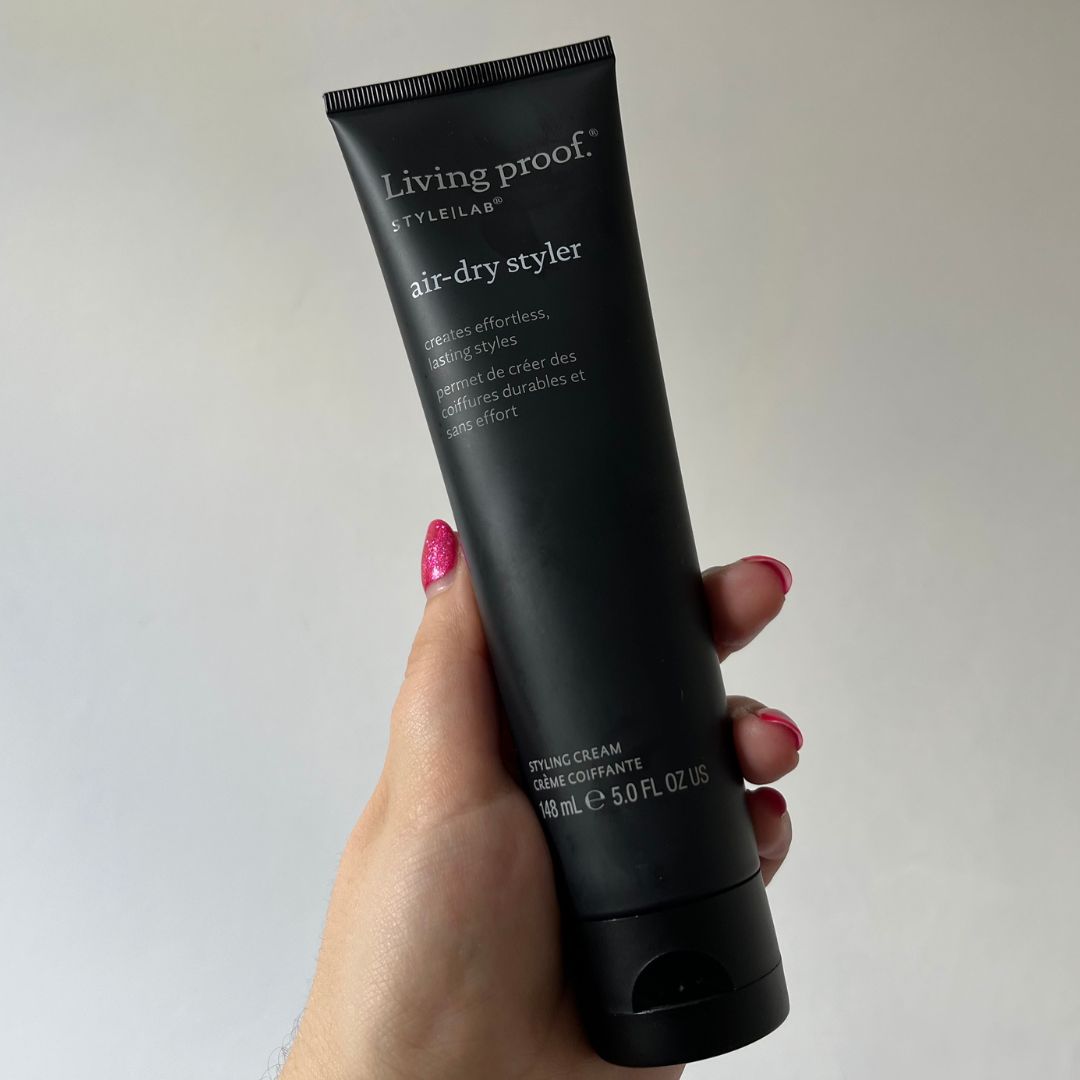 I haven't worn my hair completely natural for years, but this air-dry styling cream has made me love my waves again
I haven't worn my hair completely natural for years, but this air-dry styling cream has made me love my waves againI will never be without this
By Amelia Yeomans
-
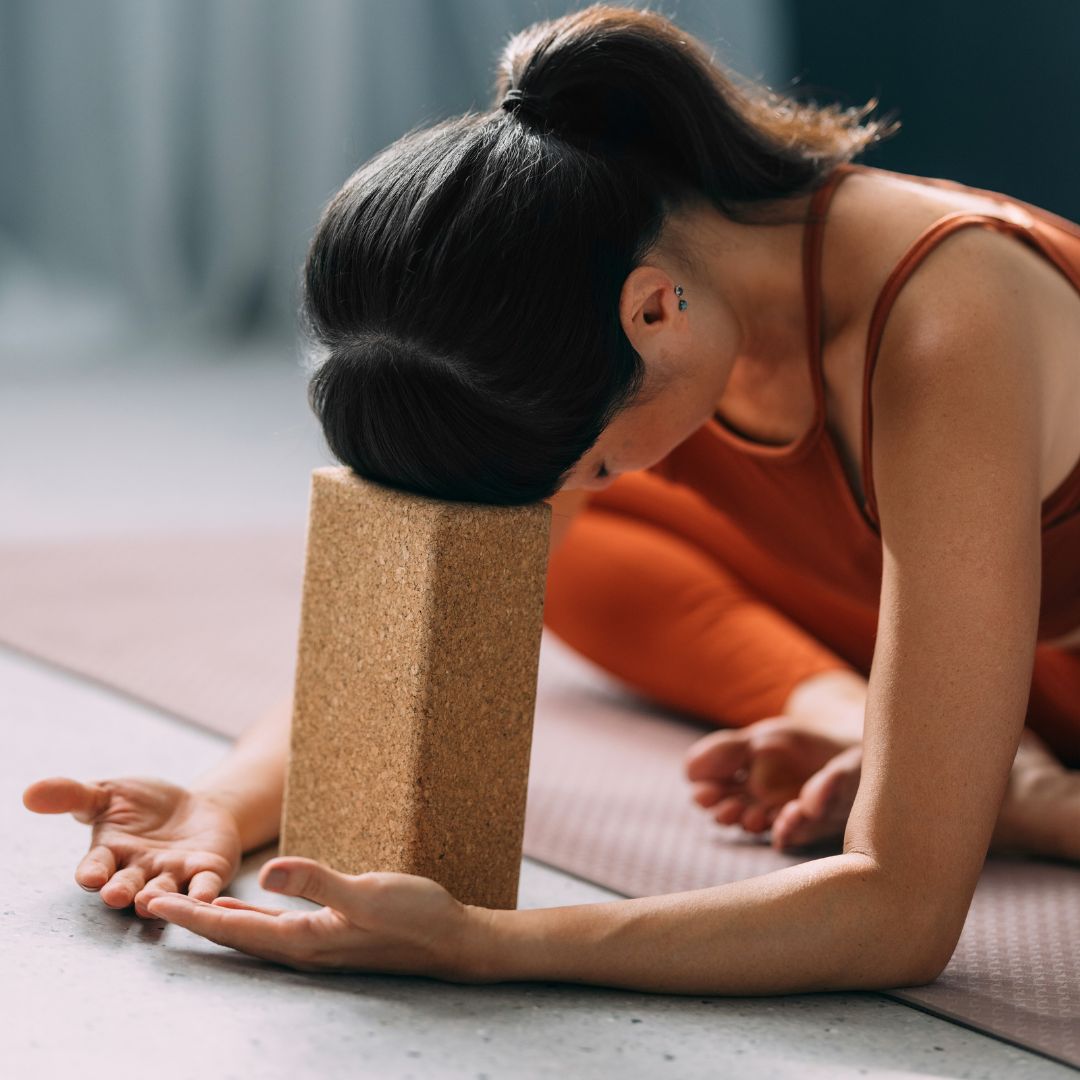 Short on time but keen to boost body and mind? Top experts share their go-to 10-minute yoga flows
Short on time but keen to boost body and mind? Top experts share their go-to 10-minute yoga flowsGuaranteed to make you feel grounded.
By Ashleigh Spiliopoulou
-
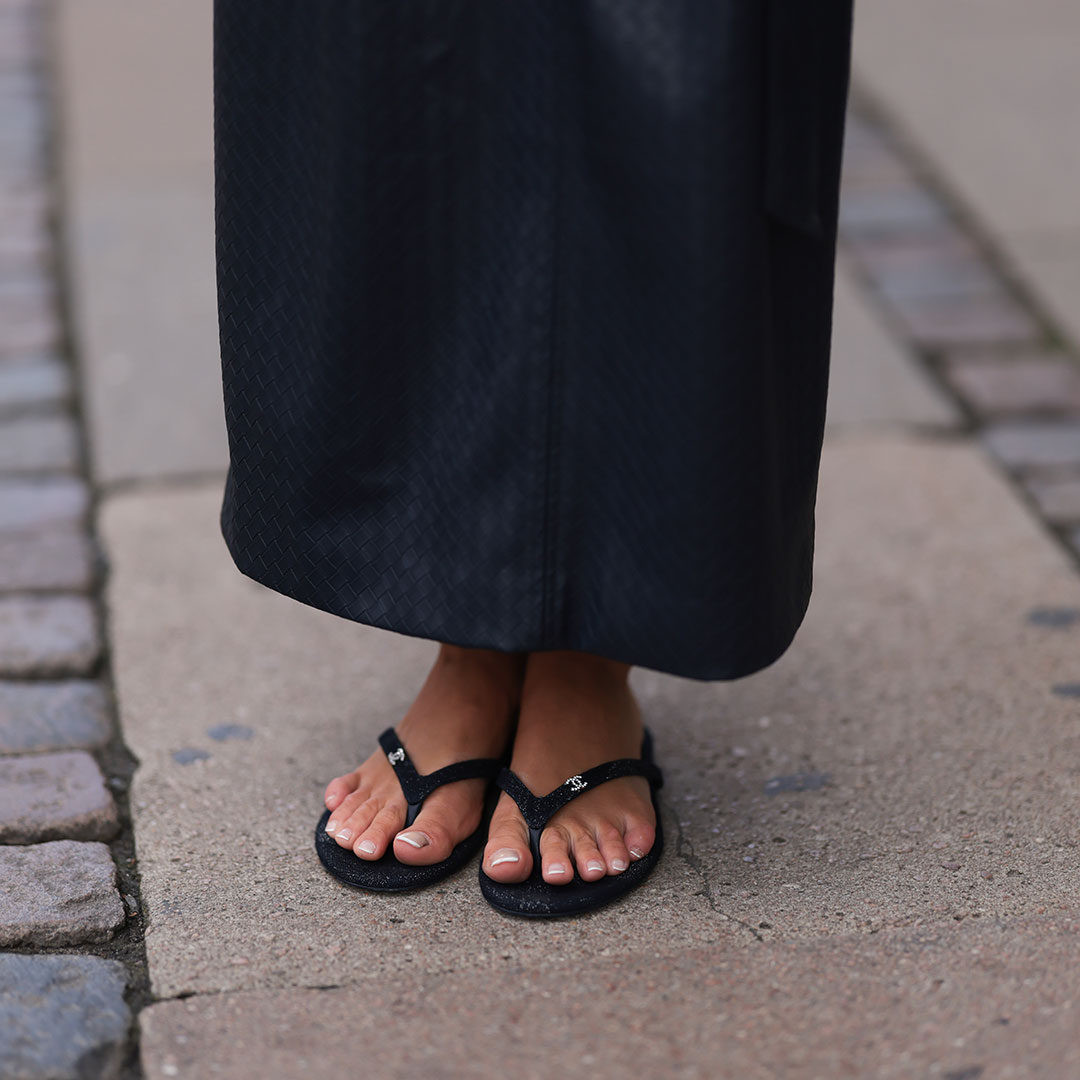 Flip flops are the only shoes I wear in summer—here are 15 chic styles currently on my wishlist
Flip flops are the only shoes I wear in summer—here are 15 chic styles currently on my wishlistI swear they can be chic
By Penny Goldstone
-
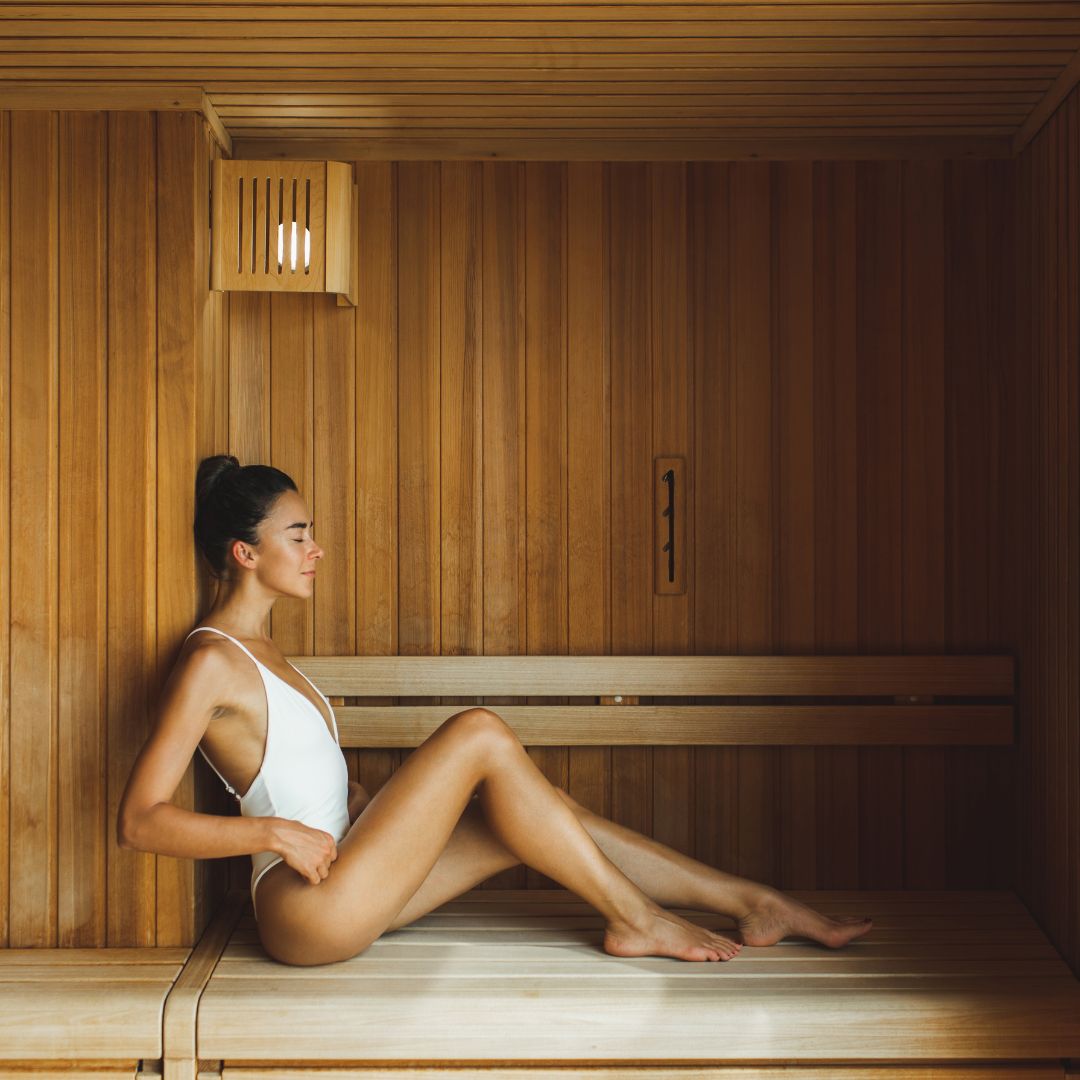 The entire UK seems to be obsessed with saunas RN - 9 benefits to know about, if you're considering giving them a go
The entire UK seems to be obsessed with saunas RN - 9 benefits to know about, if you're considering giving them a goEnter your Scandi girl era.
By Anna Bartter
-
 I tried Jennifer Aniston's 80/20 approach to wellness - and can't tell you how refreshing I've found it
I tried Jennifer Aniston's 80/20 approach to wellness - and can't tell you how refreshing I've found itIt's all about balance.
By Katie Sims
-
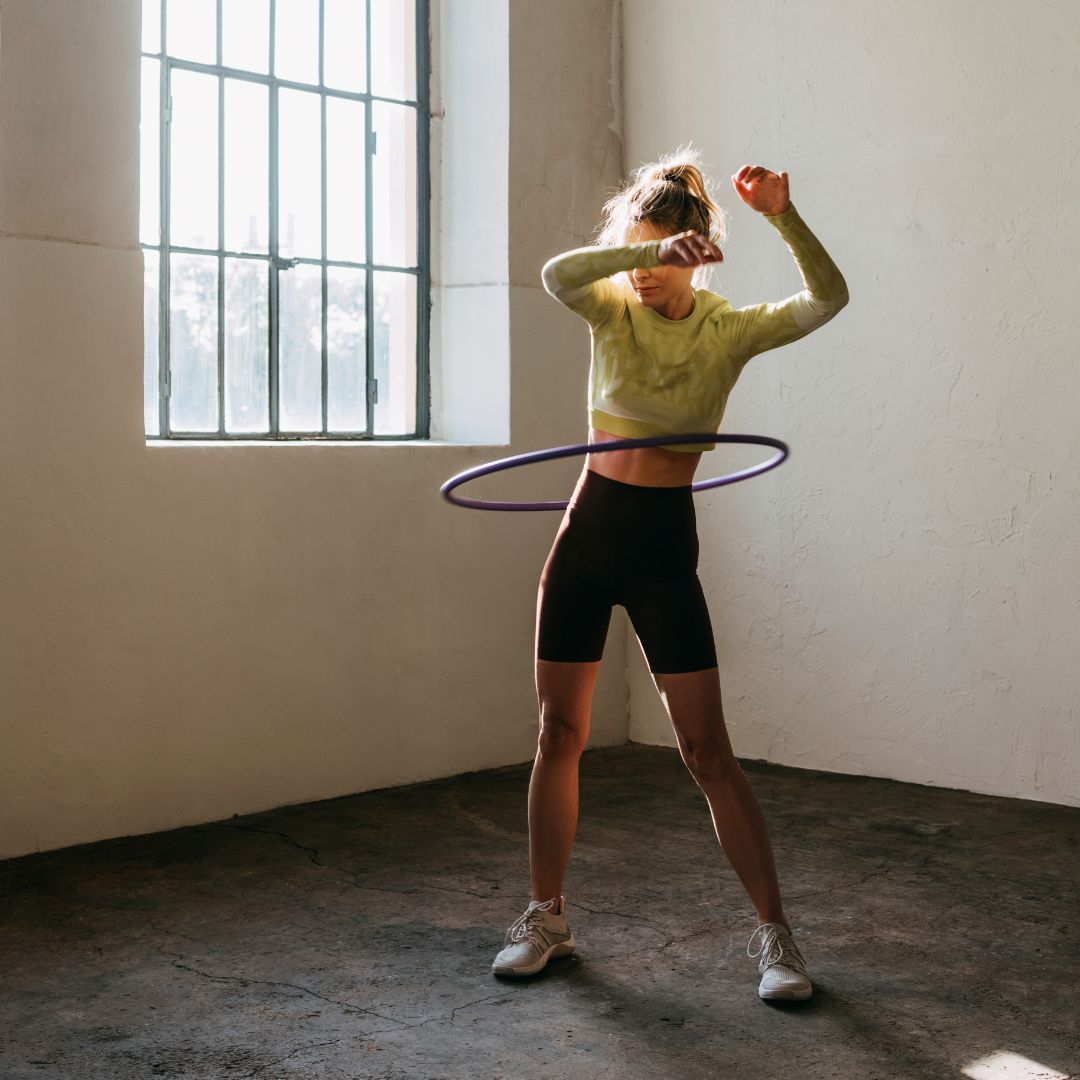 It's one of the most fun home workouts you can do: 6 best exercise hula hoops to add to your fitness regime
It's one of the most fun home workouts you can do: 6 best exercise hula hoops to add to your fitness regimeThey're very affordable, too.
By Amelia Yeomans
-
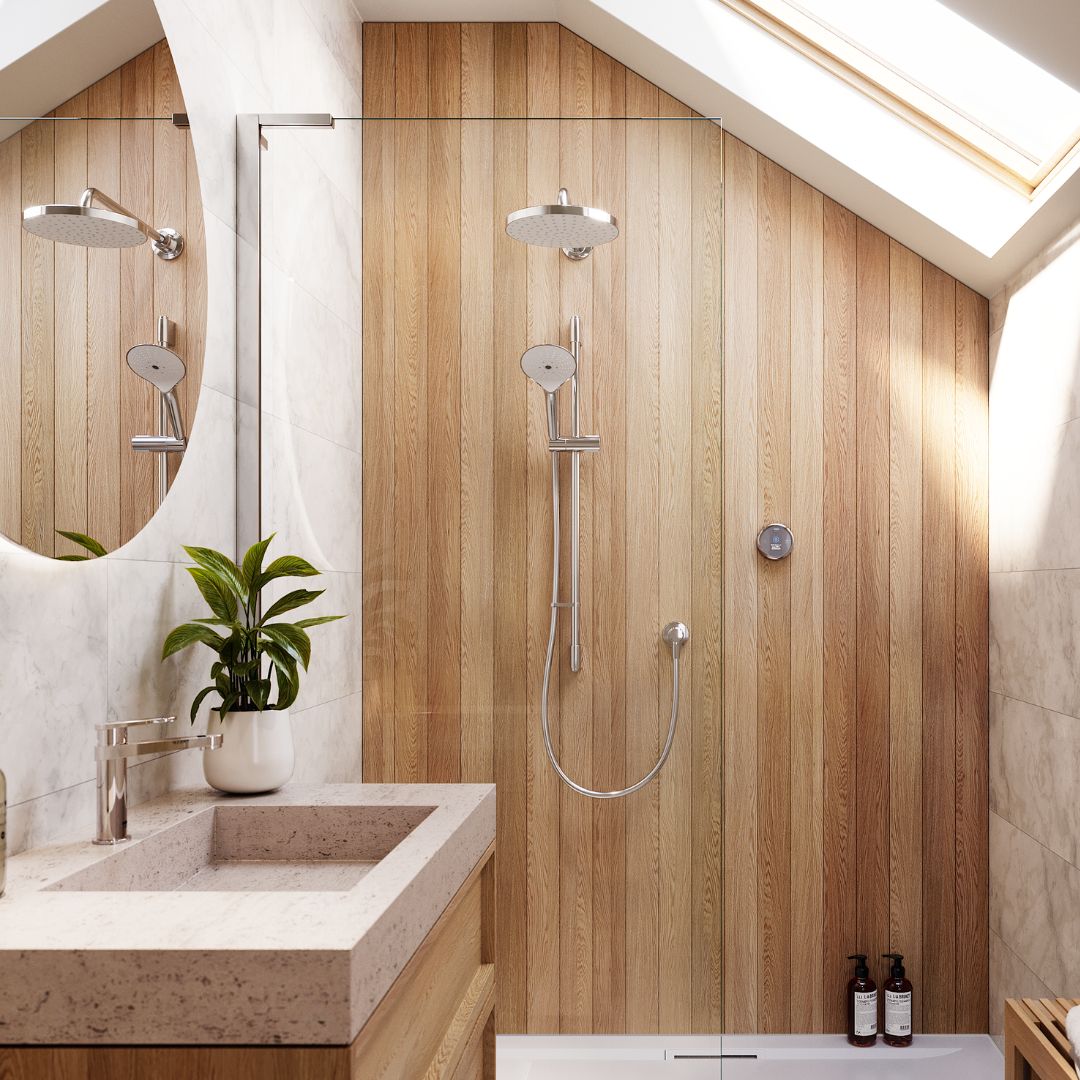 As a Health Editor who works out six times a week, here's how cold water showering transformed my post-workout routine
As a Health Editor who works out six times a week, here's how cold water showering transformed my post-workout routineMira Showers' ColdBoost technology has been a game-changer.
By Ally Head
-
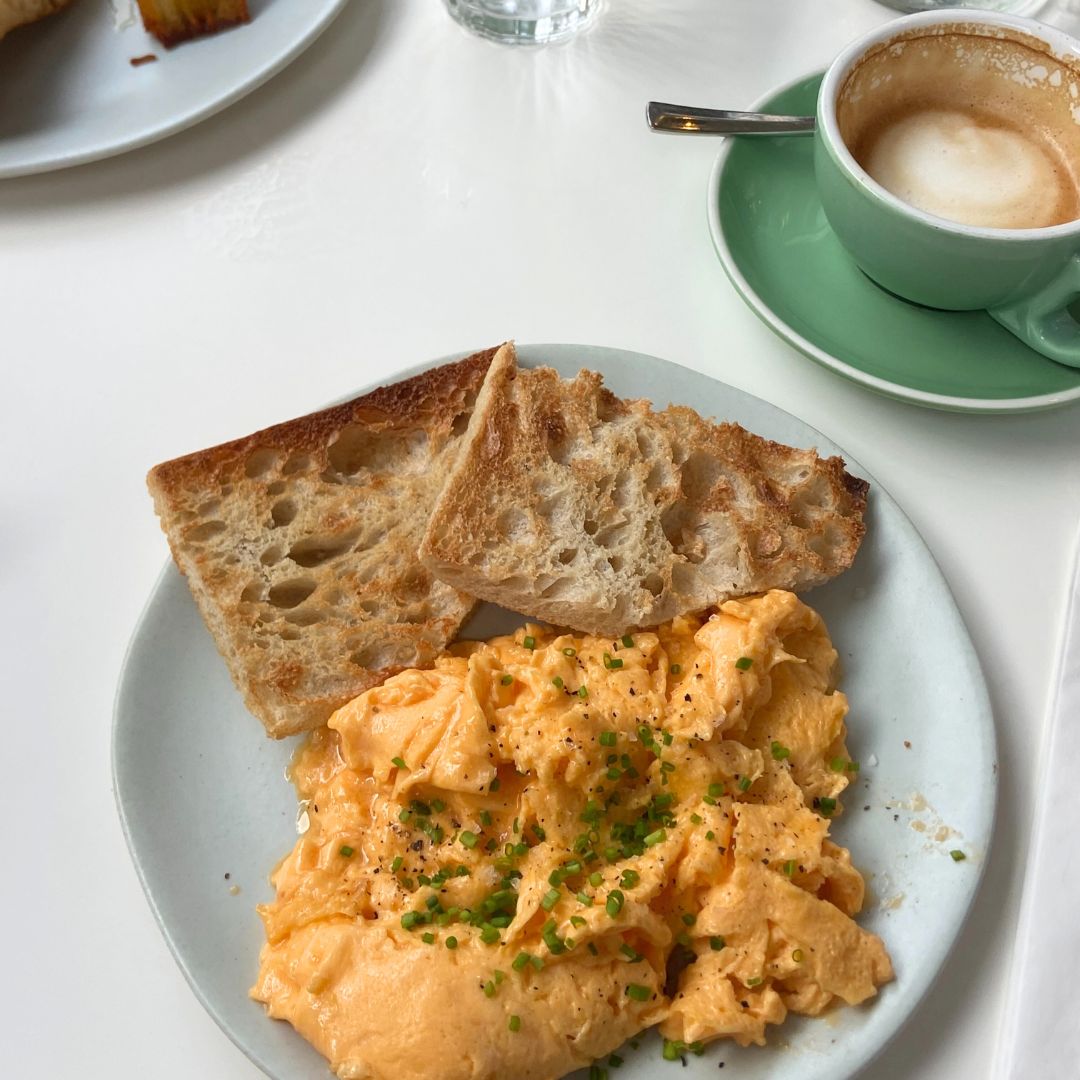 I tried eating high protein breakfasts every day for seven days - and my energy and hunger levels have never felt so balanced
I tried eating high protein breakfasts every day for seven days - and my energy and hunger levels have never felt so balancedKickstart your day with a high protein feast.
By Anna Bartter
-
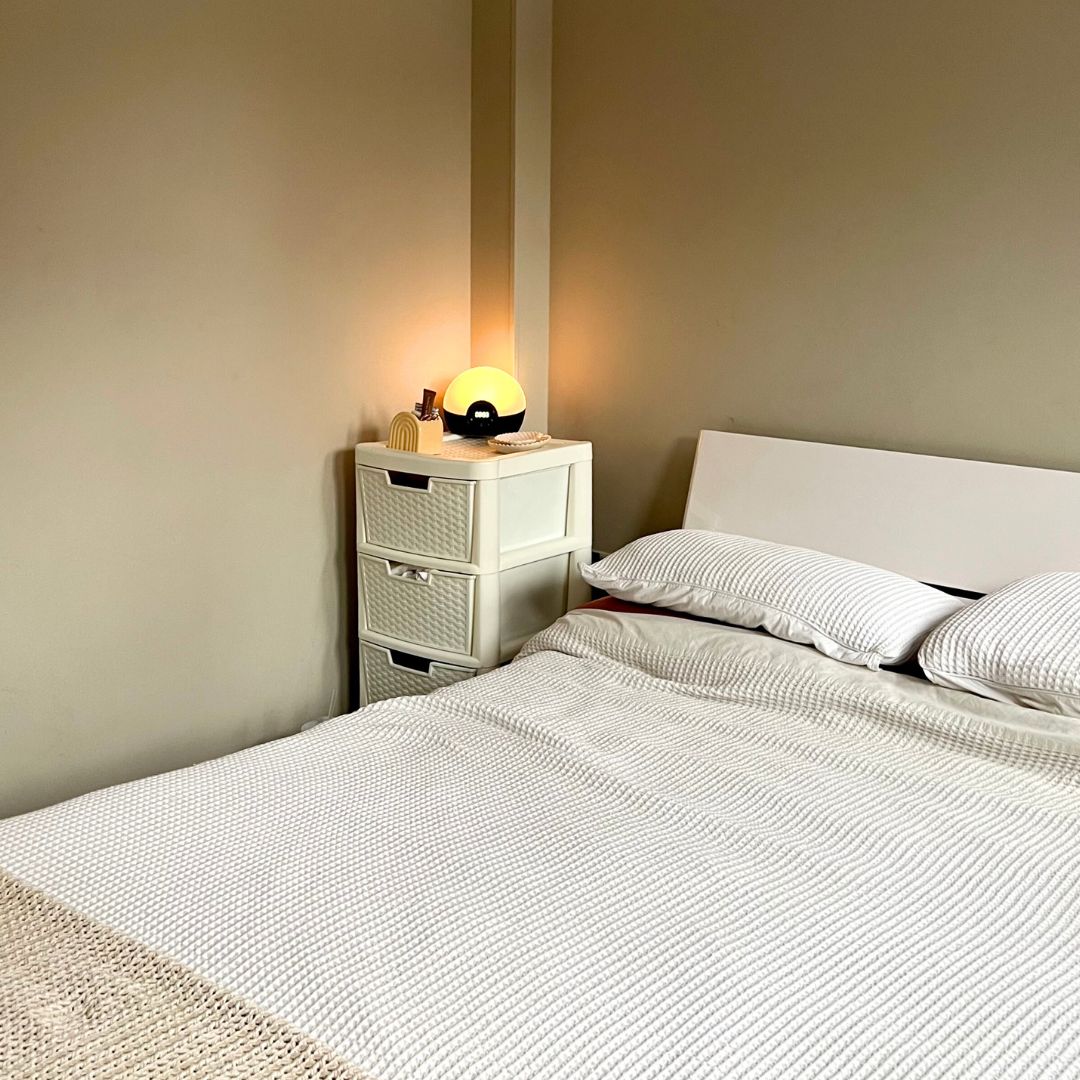 I tried the viral Mel Robbins morning routine for a week - and, having tested, totally get the hype
I tried the viral Mel Robbins morning routine for a week - and, having tested, totally get the hypeMy body clock is *finally* back on track.
By Nishaa Sharma
-
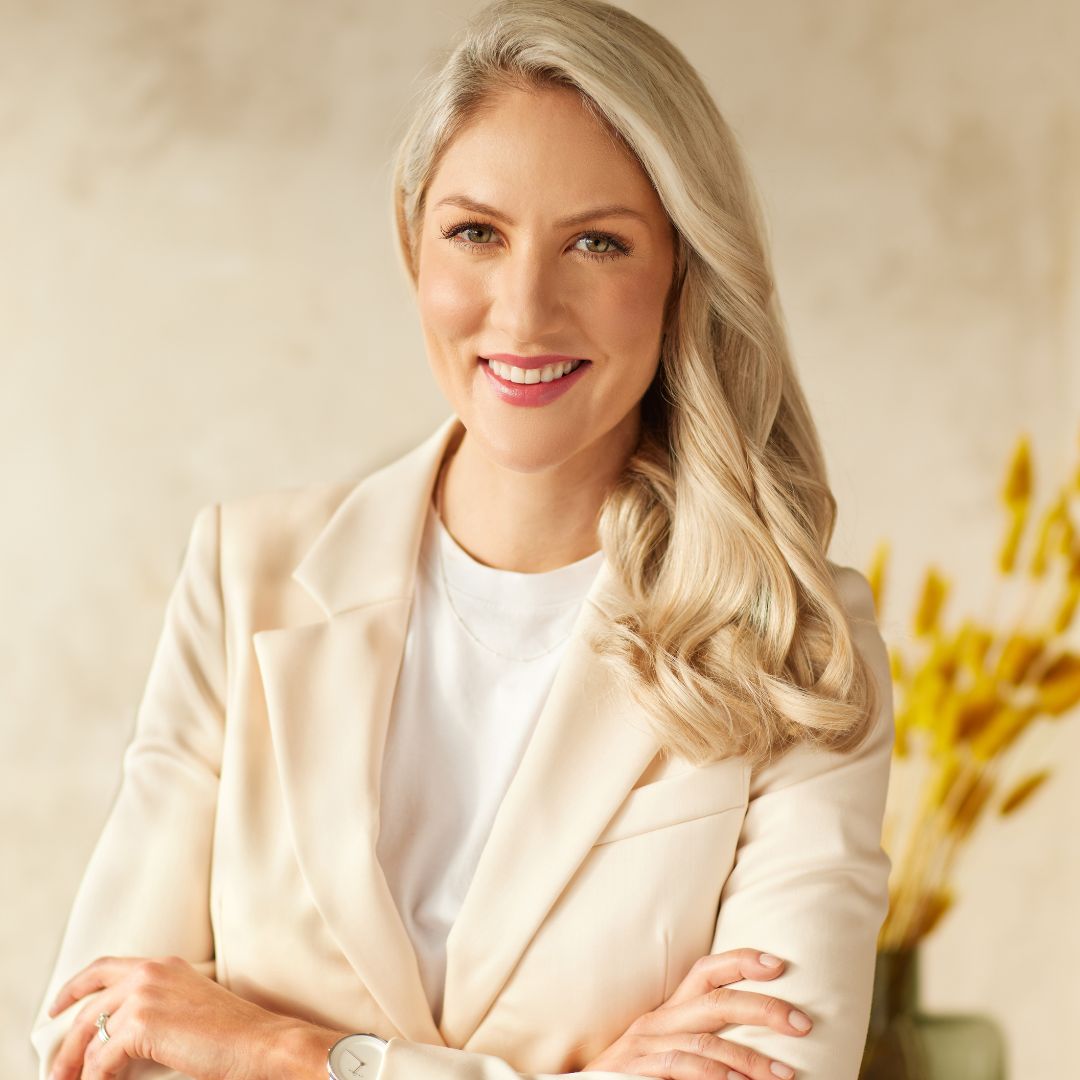 Wondering whether you should take probiotics? As a world-leading gut health scientist, you might be surprised by my take
Wondering whether you should take probiotics? As a world-leading gut health scientist, you might be surprised by my takeIn an MC UK exclusive, we deep dive into the latest research.
By Dr Megan Rossi
-
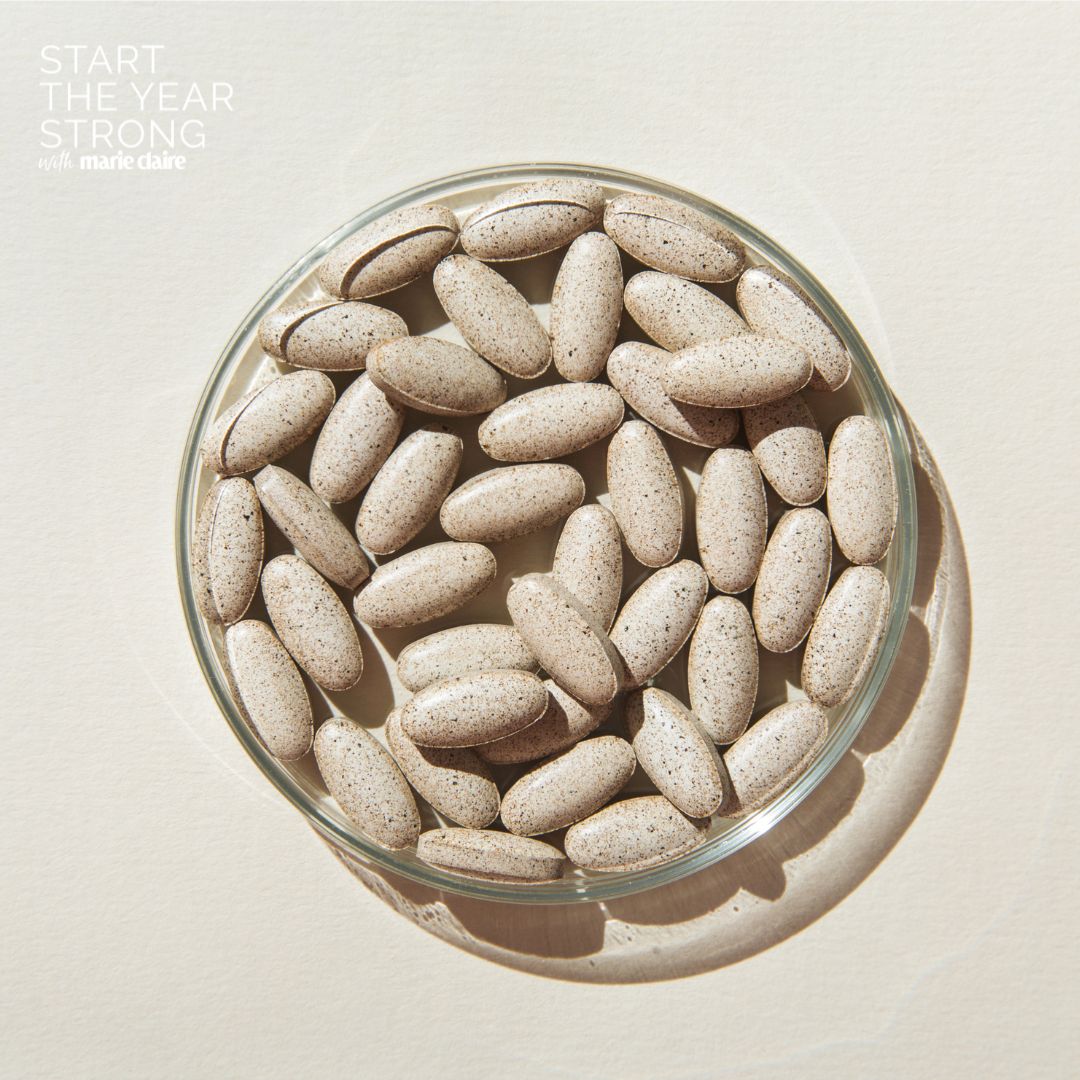 We asked anti-ageing experts for their honest take on the wildly popular NMN supplement - and they wouldn't recommend
We asked anti-ageing experts for their honest take on the wildly popular NMN supplement - and they wouldn't recommendCan a supplement ever really be the fountain of youth?
By Frances Daniels
